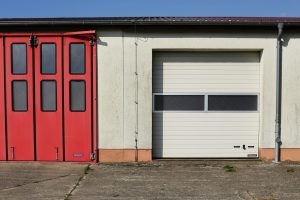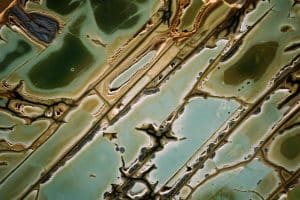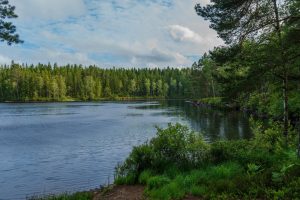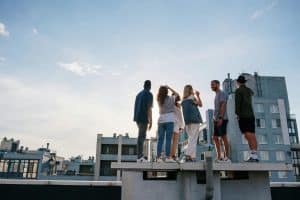Urban Green Spaces in New Developments
New developments in urban areas often bring to mind images of towering skyscrapers and crowded streets. However, amidst the hustle and bustle of city life, there is a growing movement towards incorporating green spaces into these developments. These urban green spaces are not only aesthetically pleasing but also provide numerous social, economic, and environmental benefits. In this article, we will explore the significance and impact of urban green spaces in new developments.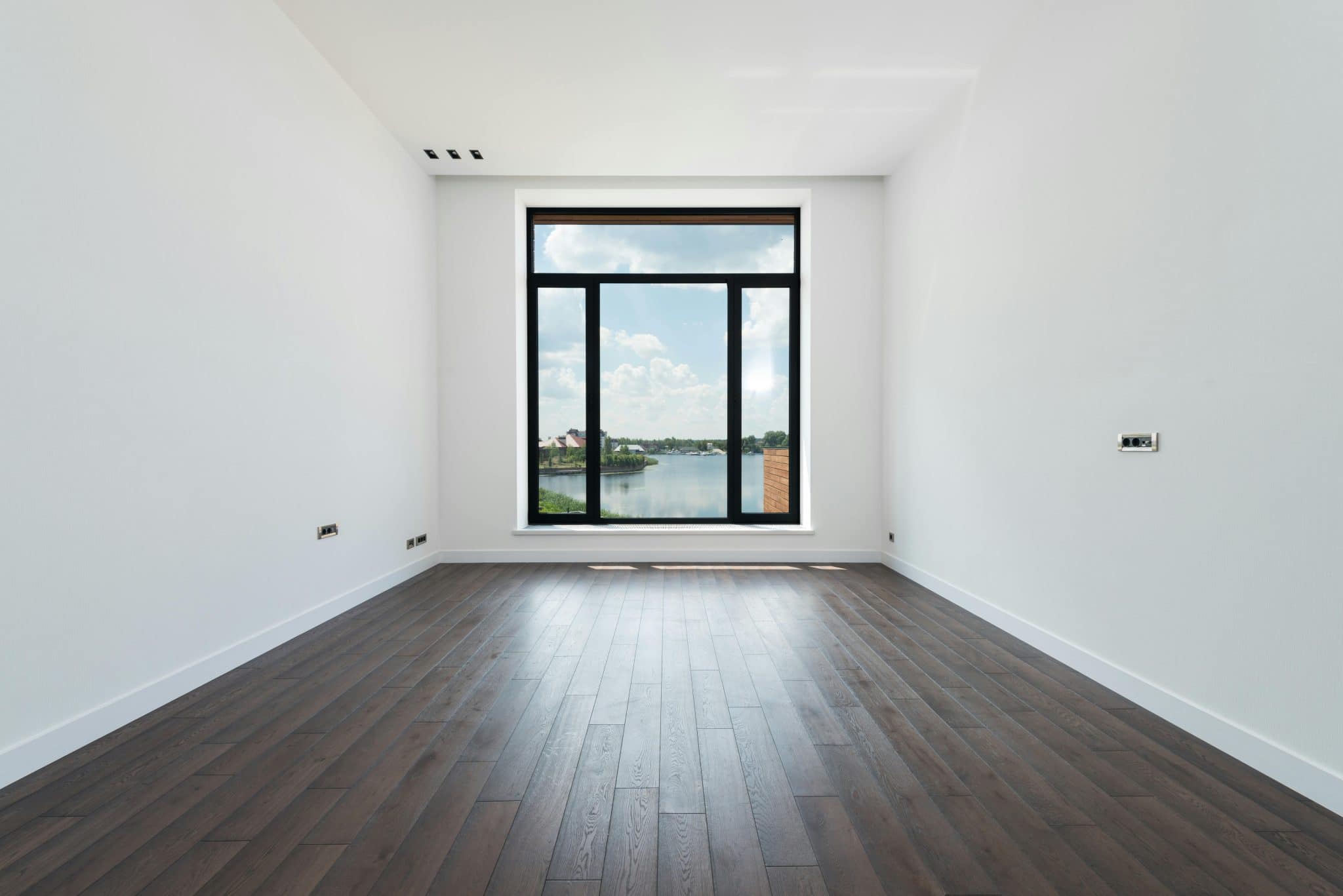
The Importance of Urban Green Spaces
With the ever-growing population and rapid urbanization, the need for green spaces in cities has become more crucial than ever. Urban green spaces refer to any designated public or private area that is predominantly covered with vegetation. This includes parks, community gardens, rooftop gardens, and even green walls and facades.
One of the primary benefits of these green spaces is the improvement of air quality. Trees and plants absorb harmful pollutants and release clean oxygen, making the air healthier for city dwellers. In addition, urban green spaces also reduce the urban heat island effect, where the temperatures in cities are significantly higher than in surrounding areas due to the lack of greenery and abundance of concrete and asphalt surfaces.
Social and Economic Impact
Urban green spaces not only benefit the environment but also have a significant impact on the social and economic aspects of a city. These spaces provide a much-needed escape from the concrete jungle, giving city residents a place to relax, exercise, and connect with nature.
Studies have shown that green spaces can improve mental health, reduce stress levels, and increase social cohesion within communities. They also provide opportunities for leisure activities, such as picnics, concerts, and sports, which can have a positive economic impact on the local community.
The Role of Urban Green Spaces in New Developments
In recent years, city planners and developers have recognized the importance of incorporating urban green spaces in new developments. These spaces are no longer an afterthought but are now an integral part of the design process. Developers are finding innovative ways to include green spaces in their projects, such as creating rooftop parks, vertical gardens, and even using vacant lots for community gardens.
By including green spaces in new developments, a balance is struck between urbanization and nature, creating a more livable and sustainable city. In addition, these green spaces also add value to the developments, making them more appealing to potential buyers or tenants.
Challenges and Solutions
While the benefits of urban green spaces are undeniable, there are also challenges that come with incorporating them into new developments. One of the main obstacles is the limited space and high land prices in urban areas. However, creative solutions such as using innovative landscaping techniques, converting underutilized spaces, and collaborating with community groups can overcome these challenges.
In addition, maintenance and upkeep of these spaces can also be a concern. To address this, developers can partner with local organizations or employ low-maintenance landscaping techniques to keep costs down while ensuring these spaces are well-maintained.
The Future of Urban Green Spaces
The future of urban green spaces looks promising, with more and more cities embracing this concept in their development plans. Not only do these spaces improve the quality of life for city dwellers, but they also contribute to a more sustainable and environmentally friendly urban development.
In conclusion, urban green spaces are not just a trend, but rather a vital part of creating a city that is livable, healthy, and sustainable. As we continue to see new developments in urban areas, let us strive to prioritize the inclusion of green spaces and reap the many benefits they bring.

